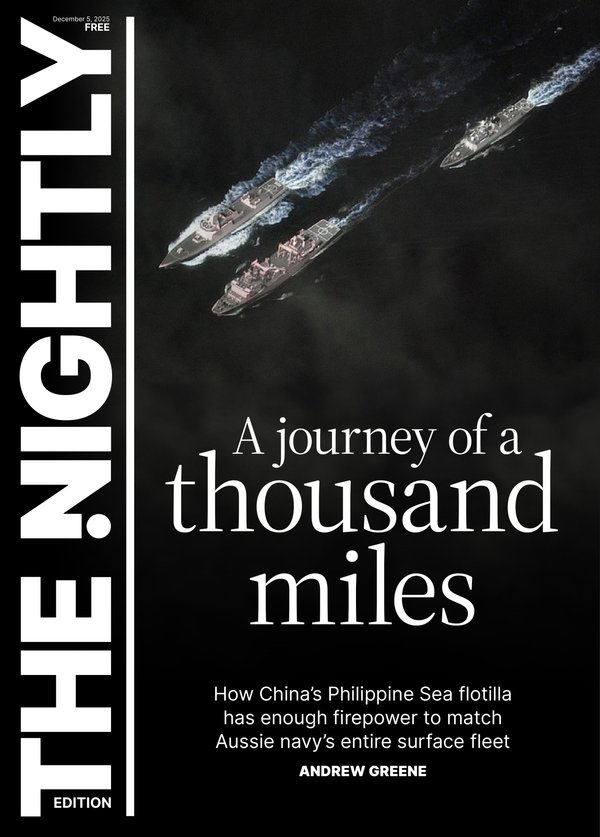Wartime tragedy: Truth behind Commandos’ fatal helicopter crash revealed after 15 years
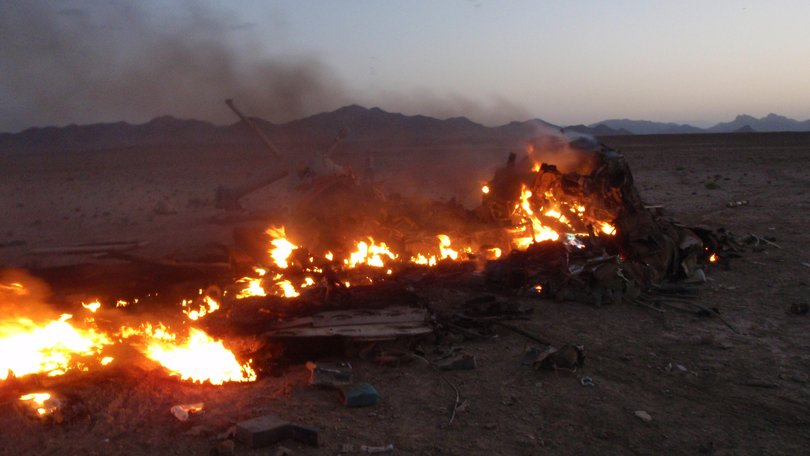
Family members and soldiers involved in the greatest war-time loss of life of Australia’s elite commando unit were never told that the helicopter carrying them had been forced into a last-minute course change as their doomed Black Hawk approached its target.
The US Black Hawk that crashed in southern Afghanistan on June 21, 2010, carrying a sniper team from the 2nd Commando Regiment cost the lives of four soldiers and badly injured the 12 others on board.
In his first interview with an Australian media outlet, pilot Trevor Baucom said he had been forced to change routes in the last minutes of the flight to avoid a surveillance balloon that had been sent up over an American base he was meant to fly over.
Sign up to The Nightly's newsletters.
Get the first look at the digital newspaper, curated daily stories and breaking headlines delivered to your inbox.
By continuing you agree to our Terms and Privacy Policy.The warrant officer was flying at high speed and low altitude around 3.40am when forced to recalculate the route for his helicopter and three other Black Hawks from the 101st Aviation Regiment flying to a Taliban-controlled village in the district of Shah Wali Kot.
“We had to change our last check point, which was an American base,” he told The West. “They had a surveillance balloon. We had to recalculate the time to the target. That’s when the impact happened.”
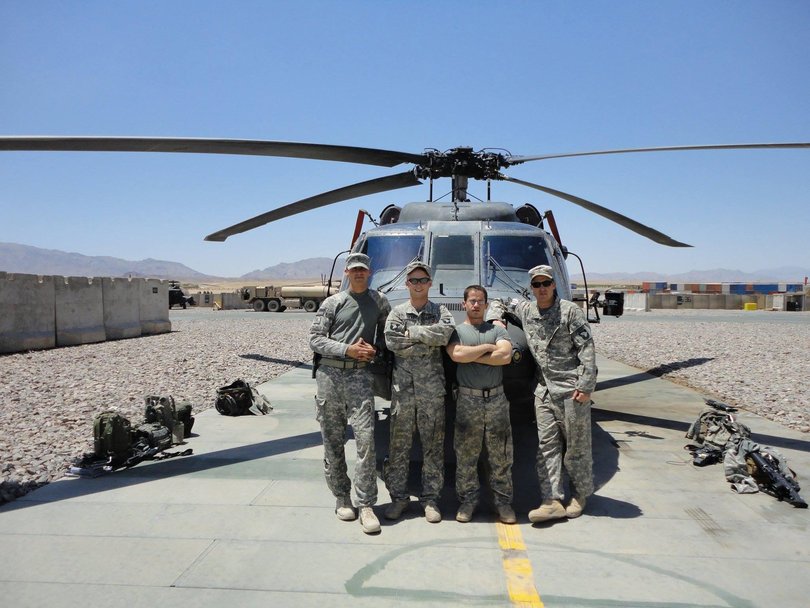
Too dark
Compounding the problem, there was not enough background light for the pilots’ night-vision googles to function well. On previous missions an infra-red flare from a US Air Force aircraft allowed the pilots to see the ground clearly. None was available on the night of the crash, forcing the Black Hawks to rely on rockets fired by two Apache attack helicopters escorting them.
The rockets, which would have illuminated the sky for 90 seconds to two minutes, hadn’t been fired when Mr Baucom and his co-pilot, momentarily distracted by the need to recalculate the route, flew into the ground. Mr Baucom broke his spine and became a paraplegic. Commandos Tim Aplin, Ben Chuck and Scott Palmer died along with US crew member Brandon Silk.
Fearing Taliban fighters nearby might attack, rescuers from the same commando company had to crawl to the wreckage to pull their injured and dying colleagues free because detonating ammunition made it impossible to stand.
Some of the soldiers’ relatives were upset the Australian Defence Force took 16 months to publish its investigation, which blamed a “lack of aircrew coordination” as the helicopter approached the landing site. The Vice Chief of the Defence Force, Air Marshal Mark Binskin, apologised for the delay.
One of the most outspoken parents, Ray Palmer, said on Friday that he had met Mr Baucom and had come to the conclusion that it was a terrible accident, but had never been told about the last-minute changes to the flight. The army refused for years to disclose the location of the crash site to him.
“In some respects he should be absolved of total blame,” Mr Palmer said from Darwin, where his son is buried. “Behind the scenes it’s like everything that happened over in Afghanistan, things went wrong. In hindsight you can say ‘if we had done it that way, we could have fixed that.’ But that’s all in hindsight.”
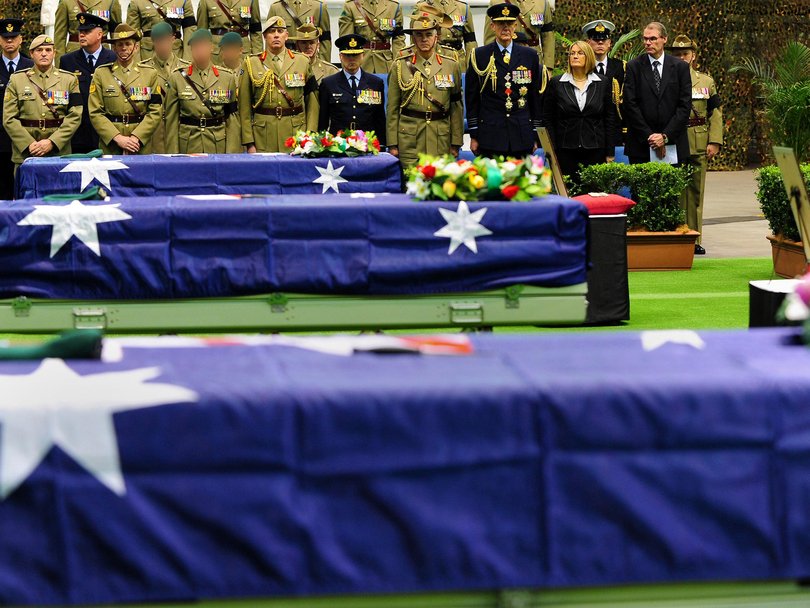
Fog of war
One of badly injured commandos, Sergeant Peter Rudland, became a representative for Pain Australia, the national body of organisations helping people manage pain.
“I don’t hold anybody responsible for what occurred that day,” Mr Rudland said Friday. “The conduct of special operations missions: there’s a lot going in the aircraft on the lead-in to a target. Accidents happen in the fog of war.”
The Houston-based Mr Baucom, who became a competitive shooter after leaving the army, described the commandos and SAS soldiers as “a great bunch of guys” who had won over the Americans with bravery and loyalty.
Six weeks before the crash a US Army Bell Kiowa made an emergency landing a few kilometres outside their base at Tarin Kowt. Fearing for the pilots’ safety, the Americans radioed for help. Within minutes SAS soldiers turned up with assault rifles and wearing shorts, thongs and Crocs. Showering when the call came for help, they did not have time to change into uniforms.
“When someone is willing to do that for you, you are willing to fly them just about anywhere because you know if anything happens, they are right there,” Mr Baucom said.
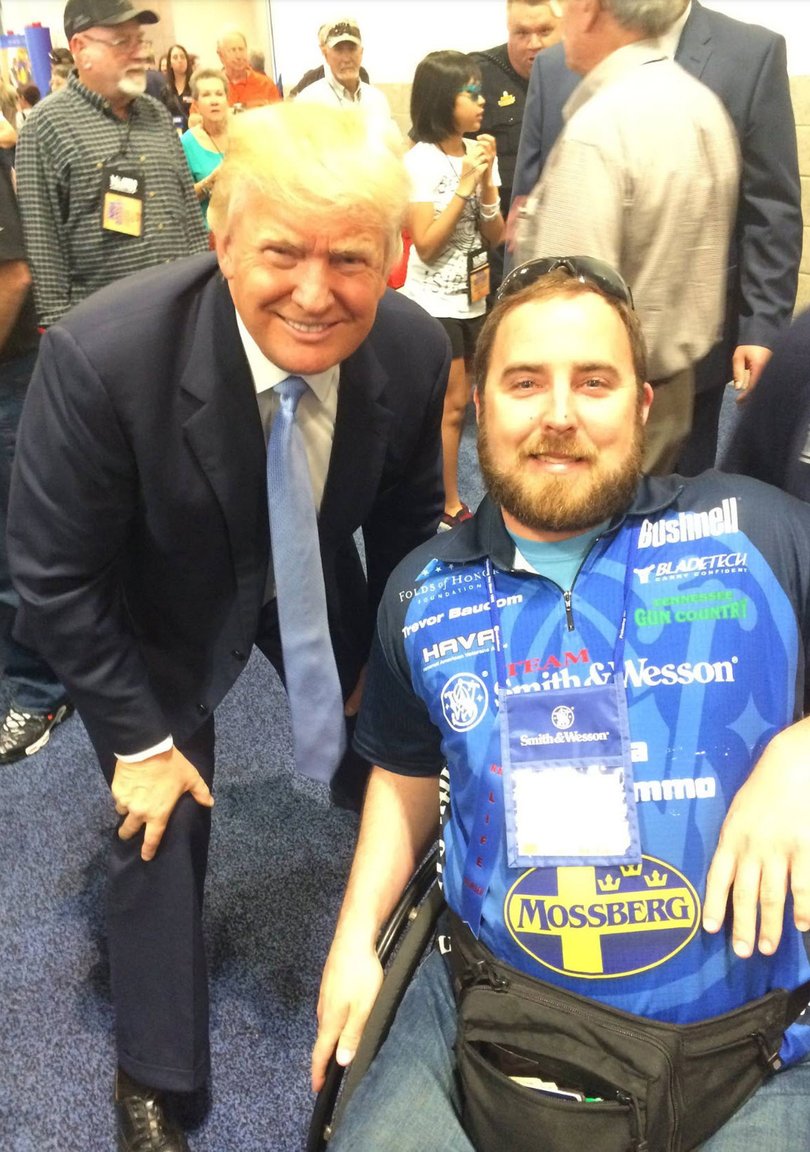
After the crash, Australian soldiers visited the 101st Aviation Regiment’s base at Tarin Kowt to offer support to the American pilots, whose confidence had been shaken, according to the regiment’s commander at the time, Lieutenant Colonel Scott Hasken.
“What was amazing was the special ops guys came over to our side of the runway,” he told The West. “They said: ‘We trust you guys. We will go tonight. We won’t hesitate to get on the aircraft with you.’
“That boosted their confidence any more than anything else I could have said.”
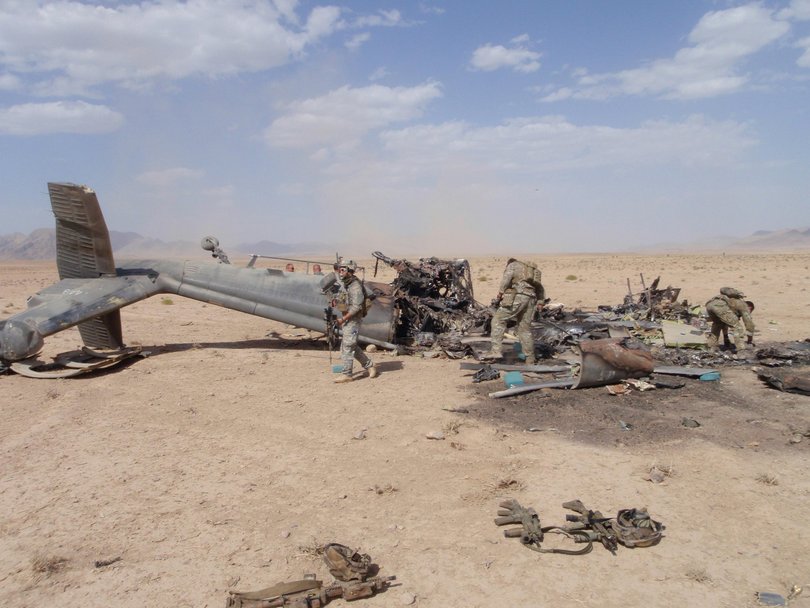
The Last Battle
Among the soldiers sent to guard the wreckage of Black Hawk 448 was Ben Roberts-Smith, whose SAS unit had been flown by the same squadron 10 days earlier to the village of Tizak, where the corporal’s decision to charge a Taliban machine-gun position was recognised by the Victoria Cross in 2011.
The first comprehensive account of what became known as the Battle of Shah Wali Kot, The Last Battle, will be published on Tuesday by Macmillan Australia.
The book reveals intelligence failures that lured Mr Roberts-Smith and about 35 other SAS soldiers to a Taliban haven in the hunt for an insurgent commander.
The rotor blades of Mr Baucom’s Black Hawk were damaged by a Taliban machine gun when he landed in Tizak with two SAS teams on board. Badly outnumbered and lacking backup, the Australians feared one of the helicopters might be shot down if the pilots returned to save them.
Instead, the Australians wiped out the enemy force, turning what could have been a fatal mistake into what was determined by the army to be the greatest modern victory by Australia’s special forces, a success acknowledged by the first battle honours since the Vietnam War.
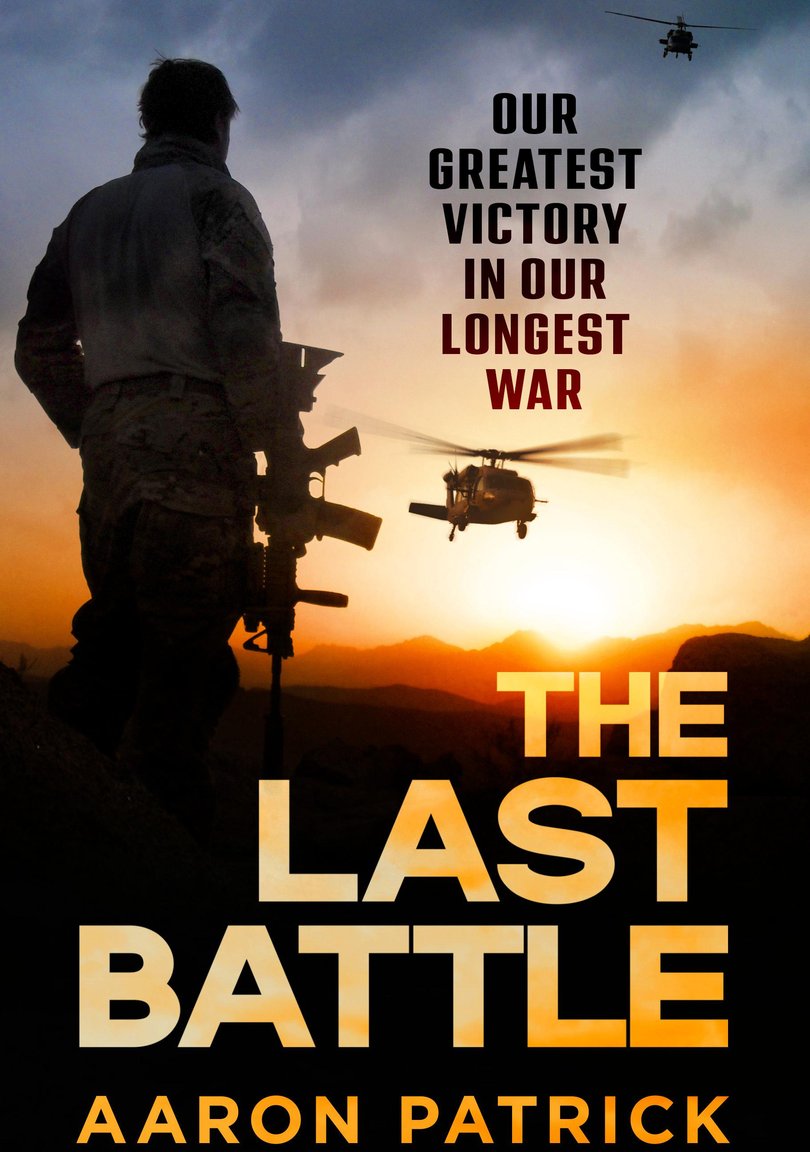
Originally published on The Nightly

